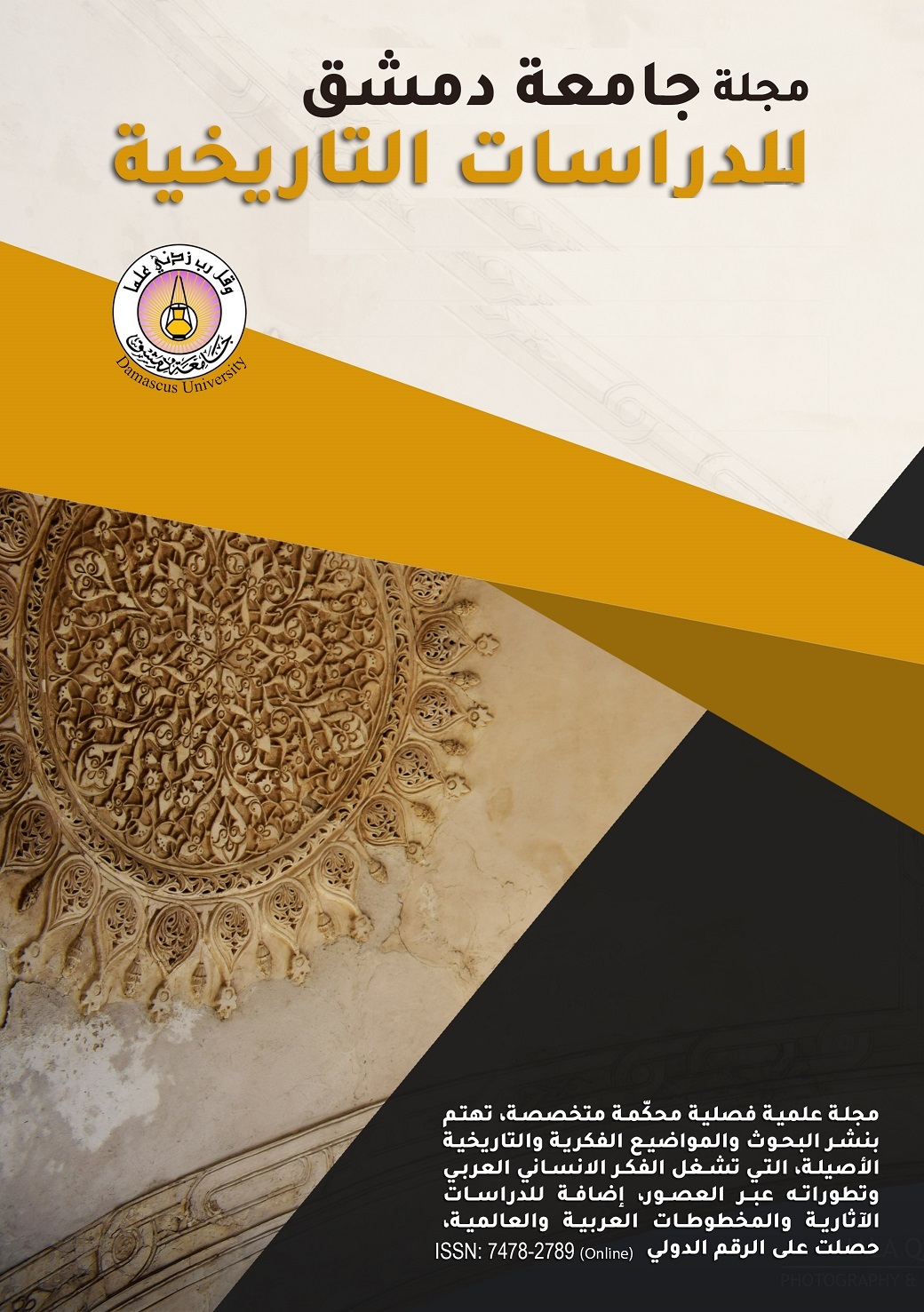نبات الحلفا وتأثيره على الاقتصاد الليبي في القرن التاسع عشر
الكلمات المفتاحية:
نبات، حشائش، الحلفا، اقتصاد، ليبياالملخص
تزخر الأراضيالزراعية في مختلف مناطق الوطن العربي بأنواع عديدة من النباتات؛ قد لا نكون على دراية واسعة بأهميتها على الرغم من الفوائد الجمة التي تحملها، والخدمات الجُلى التي تقدمها للإنسان مثل القطن والحرير وخشب الأشجار والصمغيات، وكذلك نبات الحلفا الذي يتميز بكونه واسع الانتشارشديد الأهمية ذو فوائد عديدة وصفات مميزة،أهمها المنظر الجمالي الرائع الذي يمتع به؛ حيث أن الحلفا تصنف من ضمن أهم أنواع حشائش الزينة التي تضفي للمكان جمالاً رائعاً وخاصة أنها دائمة الخضرة متجددة بشكل تلقائي، لها القدرة الكبيرة على التأقلم والتكيف حتى مع اختلاف المناخ أو التربة التي تعيش وسطها، لقد وجد هذا النبات بكثرة في ليبيا، شاغلاً استقطاب الاهتمام الأوروبي خلال القرن التاسع عشر، حيث تمكنت بريطانيا من احتكار استثماره لما له من أهمية كبيرة وفائدة واسعةخاصة في الدور الاقتصادي الفعال، حيث يتم تصدير هذه النبتة إلى عدة مناطق على رأسها إنجلترا التي استخدمتها في صناعة الورق، إضافة لوصفها بالصيدلية المتنقلة لما لها من أهمية طبية علاجية كبيرة لعدد لا يستهان فيه من الأمراض سواء الهضمية منها أو التنفسية أو البولية أو حتى الأمراض القلبية والشرايين والدم وكذلك للتخسيس وحرق الدهون، فالحلفا مورد اقتصادي وتجاري وغذائي.

